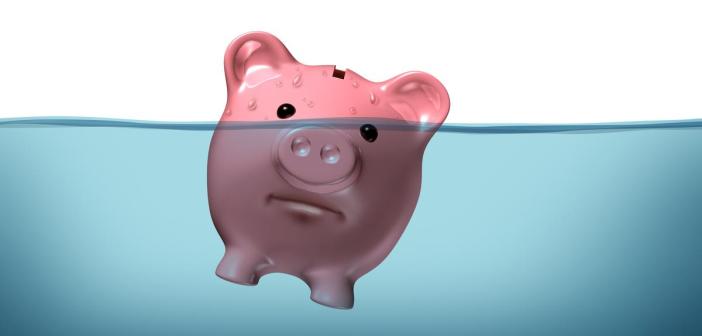When facing a financial crisis, many people look to Chapter 7 bankruptcy as a way to help them regain control of their finances. Before deciding to file for bankruptcy protection, everyone should understand what this chapter of bankruptcy means, how it can help them, and how it impacts their future.
What Is Chapter 7 Bankruptcy?
According to Law Offices of O. Miller White, “Chapter 7 bankruptcy allows a person facing serious debt to have their debts erased. This is a very simple definition of the procedure. However, the process of being granted bankruptcy protection can be quite complex.”
What Happens During Bankruptcy?
Prior to filing for bankruptcy protection, you must attend credit counseling. This counseling must occur within 180 prior to filing your claim. You must provide the Court proof that you attended counseling.
Chapter 7 protection will require that all non-exempt assets are sold to pay the creditors named in the suit. Exempt assets include:
• Clothing up to a certain amount of value
• Jewelry up to a certain amount of value
• Household furnishings that are considered a necessity
• Household appliances
• Vehicles up to a certain value, if used for work, schooling, or family purposes
• A portion of the equity in the home
• A portion of any due wages
• Tools used for the profession of the debtor
• Pensions
• Public benefits, Social Security, unemployment benefits, or any accumulation of these monies in a bank account.
• Any award given in a personal injury settlement
All other assets are subject to being sold by the Trustee of the Bankruptcy Court to pay down debts before a bankruptcy is granted.
Are All Debts Erased?
Even though this is a liquidation bankruptcy, there are certain debts that cannot be erased by the Court. These debts include:
• Any tax liens that are against you or your property
• Any past due child support or spousal support payments
• Any debt that was not included in the bankruptcy filing
• Student loans
• Debts owed to any government entity as a fine
• Debts owed to an injured party as a result of driving while intoxicated
• Debts owed to some retirement plans
In most cases, the only debts that are forgiven are unsecured debts such as personal loans, medical bills, and credit card debts.
What Happens Once The Debts Are Forgiven?
When the bankruptcy is finalized and the debts are forgiven, you no longer are required to pay these debts. Creditors cannot contact you or demand payments for any of these debts.
The bankruptcy will be listed on your credit report for 10 years from the date it was finalized. During this 10 year period you may find it very hard to reestablish credit, especially in the first two years. After this time period you may be able to gradually reestablish credit. However, this usually comes with a higher interest rate.
The accounts that were dismissed in bankruptcy can only remain on your credit report for seven years from the time that they went “bad.” This means that if the debt was already in arrears for three years before you filed, it can only remain on your report for four more years. As each of these entries on your report disappears, your credit score will improve.
Under new Federal Laws, you cannot file Chapter 7 more than once every 8 years. The Court has the authority to deny a bankruptcy if they believe that it is being used too often or for fraudulent reasons.
https://en.wikipedia.org/wiki/Chapter_7,_Title_11,_United_States_Code




